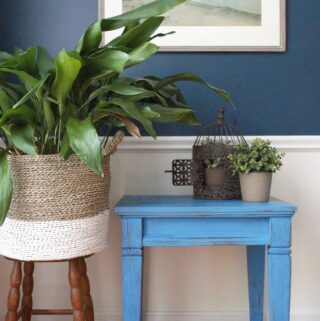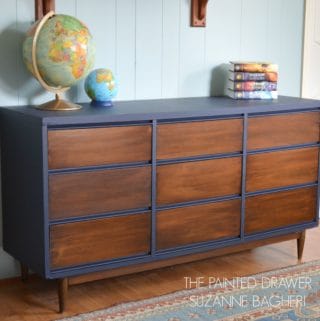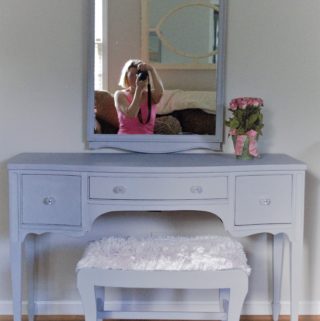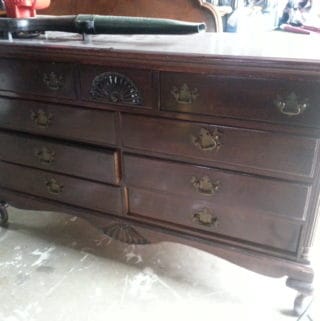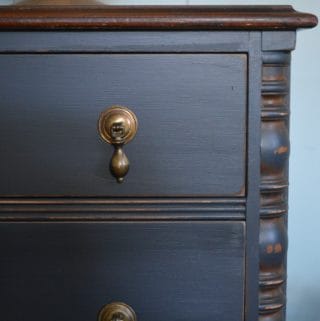We just experienced a huge rain deluge in Maryland that caused flooding. Luckily our house is okay but many neighbors have damage. Damp is such a difficult problem to deal with once it sets in and if you don’t tackle it properly, you’ll get a lot of mold growing around your home, which is very bad for your health. Once you have a damp problem, it’s expensive and can be quite invasive to deal with. Prevention is always the best way to deal with damp and it doesn’t take that much work as long as you know what you’re doing. These are some of the easiest ways to prevent damp and mold in your home.
Ventilate Bathrooms and Kitchens
This is probably the most important thing that you need to do because you produce a lot of steam when you’re showering or cooking and all of that extra moisture will sit on the walls and eventually start to seep in unless you have good ventilation. You always need to use a good extractor fan and vent it to the outside. If your bathroom doesn’t have an exterior wall and there is nowhere to vent it, you can use a ductless bathroom fan instead. Simple things like opening the windows for a while after showering and cooking can make a big difference as well. As long as you ventilate these areas properly, you should be able to prevent damp quite easily.
Protect From Floods
If you live in an area that is prone to flooding, it’s likely that damp will be a big problem for you. When the house floods, a lot of that water will seep into the floors and walls and even if you pump it out quickly, damp will still start to set in. Making sure to dry the house out properly after a flood is important but it’s also important that you protect the house from flooding so you can limit the amount of water that gets in in the first place.
Use Damp Proof Paint
If there are problem areas in the home that you struggle to keep dry, you should invest in some damp proof paint. It’s a more robust paint that adds more protection and stops water from seeping into the walls as easily. It also stops mold from forming on the surface of the paint as well. It’s ideal for use in bathrooms, in particular, but you can use it anywhere in the home where you’ve got a problem with damp.
Wipe Surfaces Down
This is a simple tip but one that people don’t follow often enough. When you’ve got wet surfaces in your kitchen or bathroom, you need to make sure that you wipe the surfaces down right away. If you let that water sit, it will just start to soak into the surfaces and cause damp. It only takes a second to just wipe down the worktops in the kitchen or the walls in the bathroom but it will help to stop damp.
These simple tips and tricks will help you to prevent damp in the first place so you don’t have to spend a lot of time and money fixing the problem later on.

